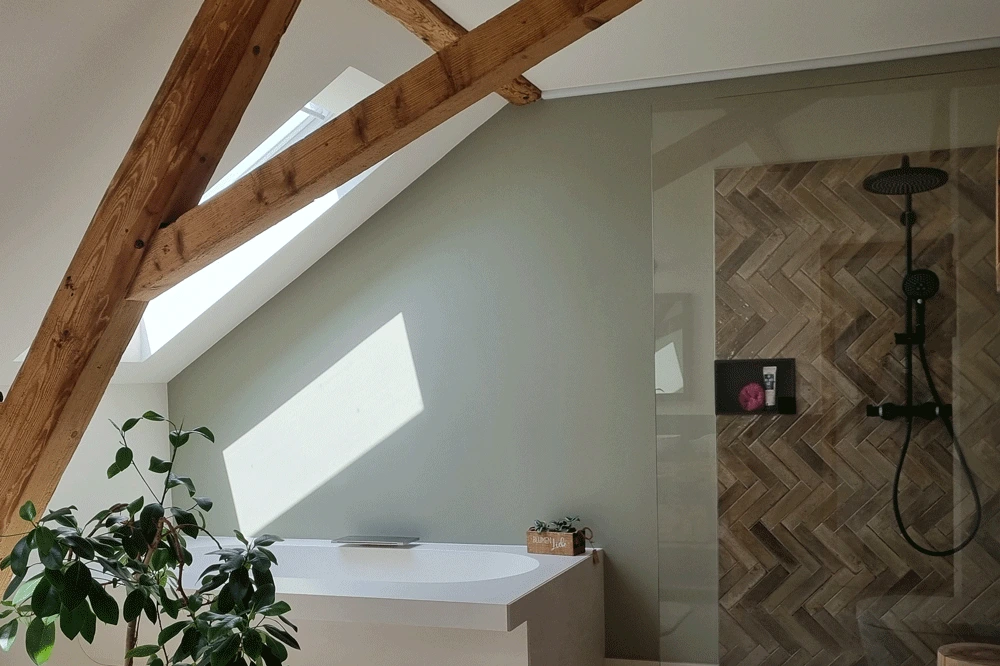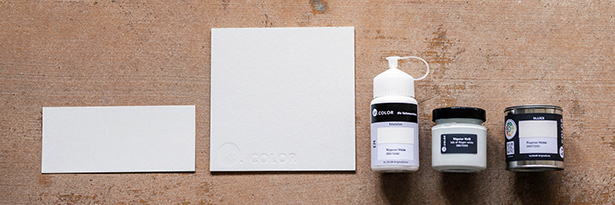Your Cart
Total
€ 0.00
Continue Shopping

24KT020 Bernese Sandstone
Bitte auswählen
Finish wählen
Menge
Ausreichend für ca. 4 m²
Grundierung

Handgefertigte Musterkarte im Format 21 × 9 cm mit Finish Emulsion
Handgefertigte Mustertafel aus Buchbinderkarton im Format 20 × 20 cm mit Finish Emulsion
Eine Musterflasche Emulsion ist ausreichend für ca. 1 m2
Ein Musterglas Satinée ist ausreichend für ca. 1 m2
Eine Farbdose kt.LACK ist ausreichend für ca. 1m2
Summe:
€ 0.00
Sofort verfügbar, Lieferzeit 2-6 Werktage
MwSt. exkl.
Experts in color making
The luminous blue vaulted ceiling of the Scrovegni Chapel in Padua was created with natural ultramarine, a hue so radiant it seems to emit light from the vault itself.
Sign up for consulting callHow our colors are made
The pigment ultramarine, meaning "beyond the sea," was originally derived from the semi-precious gemstone lapis lazuli. The finest lapis stones were sourced from Afghanistan, a region beyond the Mediterranean, inspiring its name. This deep, magical blue can also be synthesized using China clay, calcite, and sulfur, resulting in a purer, more vibrant shade. Today, many iconic works of art rely on this synthetic, mineral-based pigment. The luminous blue vaulted ceiling of the Scrovegni Chapel in Padua was created with natural ultramarine, a hue so radiant it seems to emit light from the vault itself. Similarly, Karl Friedrich Schinkel's stage design for the Queen of the Night's Hall in Mozart’s The Magic Flute (1816) was crafted using lapis lazuli. In the 1950s, Yves Klein’s monochrome masterpieces made synthetic ultramarine blue
Experts in color making
The pigment ultramarine, meaning "beyond the sea," was originally derived from the semi-precious gemstone lapis lazuli. The finest lapis stones were sourced from Afghanistan, a region beyond the Mediterranean, inspiring its name. This deep, magical blue can also be synthesized using China clay, calcite, and sulfur, resulting in a purer, more vibrant shade. Today, many iconic works of art rely on this synthetic, mineral-based pigment. The luminous blue vaulted ceiling of the Scrovegni Chapel in Padua was created with natural ultramarine, a hue so radiant it seems to emit light from the vault itself. Similarly, Karl Friedrich Schinkel's stage design for the Queen of the Night's Hall in Mozart’s The Magic Flute (1816) was crafted using lapis lazuli. In the 1950s, Yves Klein’s monochrome masterpieces made synthetic ultramarine blue
